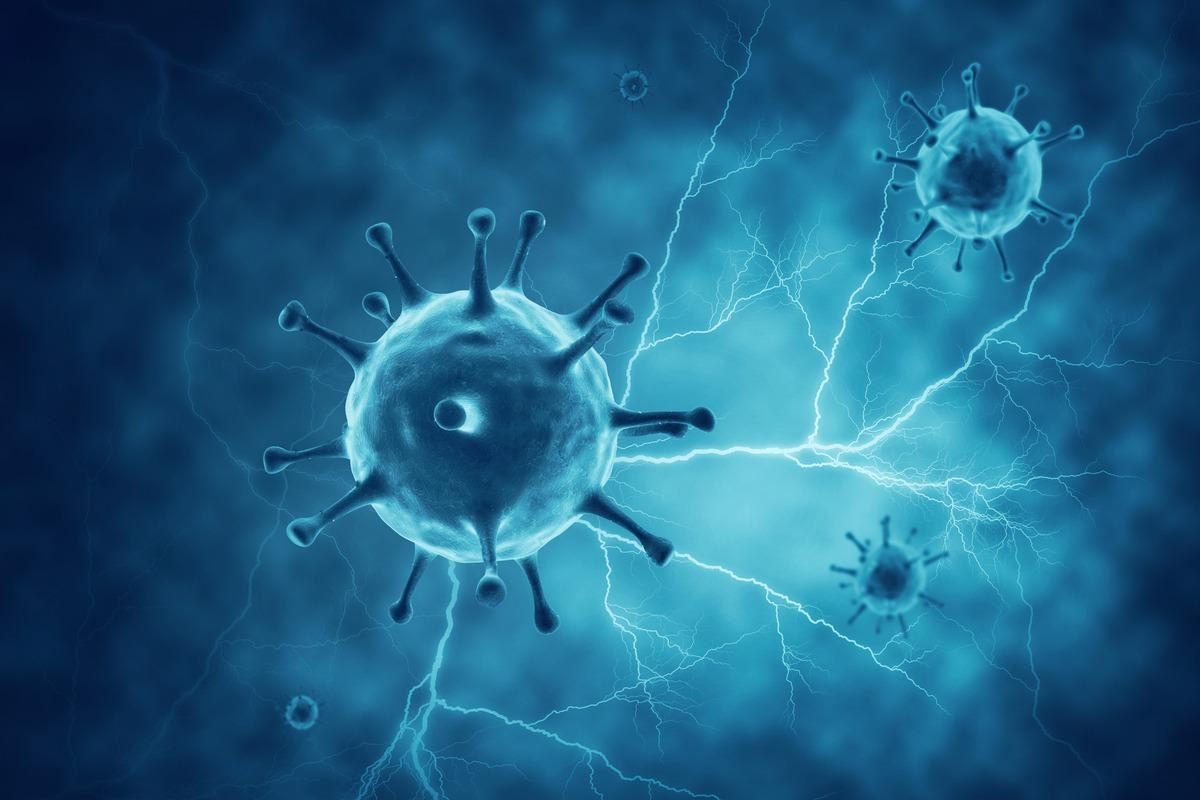The early cases of severe acute respiratory syndrome coronavirus (SARS-CoV-2) infections saw people reporting a temporary loss of smell and taste (anosmia and dysgeusia) for about one-third of confirmed cases. The initial studies identified the widely distributed angiotensin-converting enzyme (ACE2) receptor as the primary site for the virus.
 Study: SARS-CoV-2 entry sites are present in all structural elements of the human glossopharyngeal and vagal nerves: clinical implications. Image Credit: Nhemz/Shutterstock
Study: SARS-CoV-2 entry sites are present in all structural elements of the human glossopharyngeal and vagal nerves: clinical implications. Image Credit: Nhemz/Shutterstock
However, the transmembrane protease, serine 2 (TMPRSS2), an intracellular protease, has now been confirmed to promote viral entry into cells by the cleavage of the S protein into S1 (receptor binding) and S2 (membrane fusion domains). S2 mediates host-virus fusion. As shown by other studies, the membrane protein neuropilin1 (NRP1) is another alternate entry site for the virus.

 This news article was a review of a preliminary scientific report that had not undergone peer-review at the time of publication. Since its initial publication, the scientific report has now been peer reviewed and accepted for publication in a Scientific Journal. Links to the preliminary and peer-reviewed reports are available in the Sources section at the bottom of this article. View Sources
This news article was a review of a preliminary scientific report that had not undergone peer-review at the time of publication. Since its initial publication, the scientific report has now been peer reviewed and accepted for publication in a Scientific Journal. Links to the preliminary and peer-reviewed reports are available in the Sources section at the bottom of this article. View Sources
Recent studies have also reported the presence of viral spike protein receptors in olfactory neurons. However, no study has been published to date showing the presence of viral entry sites in human cranial nerves: VII, IX, and X, responsible for taste sensations.
It is now known that pathogens can migrate across the cribriform plate (paracellular migration) from the infected olfactory epithelium. The perineural channels form a direct connection to the cerebrospinal fluid (CSF) space and the olfactory bulb. For centuries, these channels have been known to connect the nasal cavity to the central nervous system (CNS) extracellular/CSF space.
Taking it ahead from this point, researchers explored the presence of coronavirus receptors in the glossopharyngeal and vagal cranial nerves. They published a report recently in the preprint server bioRxiv* wherein they studied these nerves from human post-mortem samples to study cellular structures of these nerves expressing receptors for SARS-CoV-2.
About the study
Researchers obtained de-identified post-mortem human brain samples from the Human Brain Tissue Bank, Semmelweis University. The brains were dissected, and they isolated specific brainstem areas with cranial nerves.
Cranial nerves are known to contain a large number of connective tissue cells forming sheaths that surround the nerve (epineurium), the fascicles (perineurium), and the myelinated axons (endoneurium). The function of these fibroblast-like cells in human cranial nerves may be immune surveillance as they have lymphatic endothelial markers and are in contact with the endoneurial fluid. Some of them make nestin and may be involved in regenerating nerves and myelin following injuries
Researchers used immunocytochemistry to examine three post-mortem donor samples of the IXth (glossopharyngeal) and Xth (vagal) cranial nerves. The area where these nerves left/joined the medulla in all three donors was studied to confirm ACE2, NRP1, and TMPRSS2. Two samples were paraffin-embedded, and one was frozen.
After staining the required sections from these isolated nerves, researchers extracted the RNA, reverse transcribed it to cDNA, and performed PCR to confirm the presence of the mRNAs that encoded the proteins visualized.
All three proteins required for SARS-CoV-2 infections were obtained in the human IXth and Xth nerves near the medulla. The binding sites for the SARS-CoV-2 viral spike proteins, ACE2 and NRP1 were widely expressed in the nerve bundles, myelin sheaths, axons, and vascular walls.
The researchers found both SARS-CoV-2 viral entry sites in all cell types within the nerve. Researchers also found TMPRSS2, the protease responsible for priming the spike protein within the infected cell, to be present in all cell types, with especially high concentrations in fibroblasts. Vascular endothelium and smooth muscle cells expressed lower levels of TMPRSS2 in comparison to ACE2.
Implication
The results from this study could help explain the pathogenesis of SARS-CoV-2 and discover more about the potential damage it can do to the central and peripheral nervous system while infecting our bodies. This becomes even more important when considered for cases of asymptomatic disease; wherein one can at least have an idea of the range of damage done to the body, albeit without showing any visible symptom.

 This news article was a review of a preliminary scientific report that had not undergone peer-review at the time of publication. Since its initial publication, the scientific report has now been peer reviewed and accepted for publication in a Scientific Journal. Links to the preliminary and peer-reviewed reports are available in the Sources section at the bottom of this article. View Sources
This news article was a review of a preliminary scientific report that had not undergone peer-review at the time of publication. Since its initial publication, the scientific report has now been peer reviewed and accepted for publication in a Scientific Journal. Links to the preliminary and peer-reviewed reports are available in the Sources section at the bottom of this article. View Sources
Article Revisions
- May 10 2023 - The preprint preliminary research paper that this article was based upon was accepted for publication in a peer-reviewed Scientific Journal. This article was edited accordingly to include a link to the final peer-reviewed paper, now shown in the sources section.